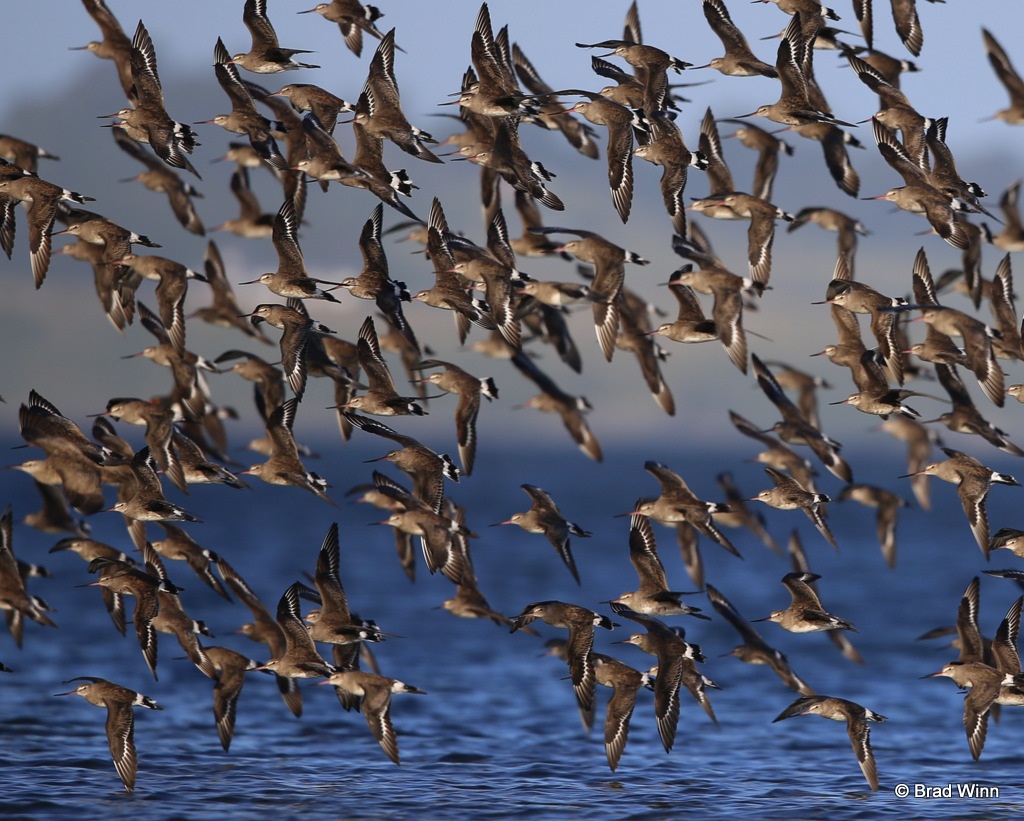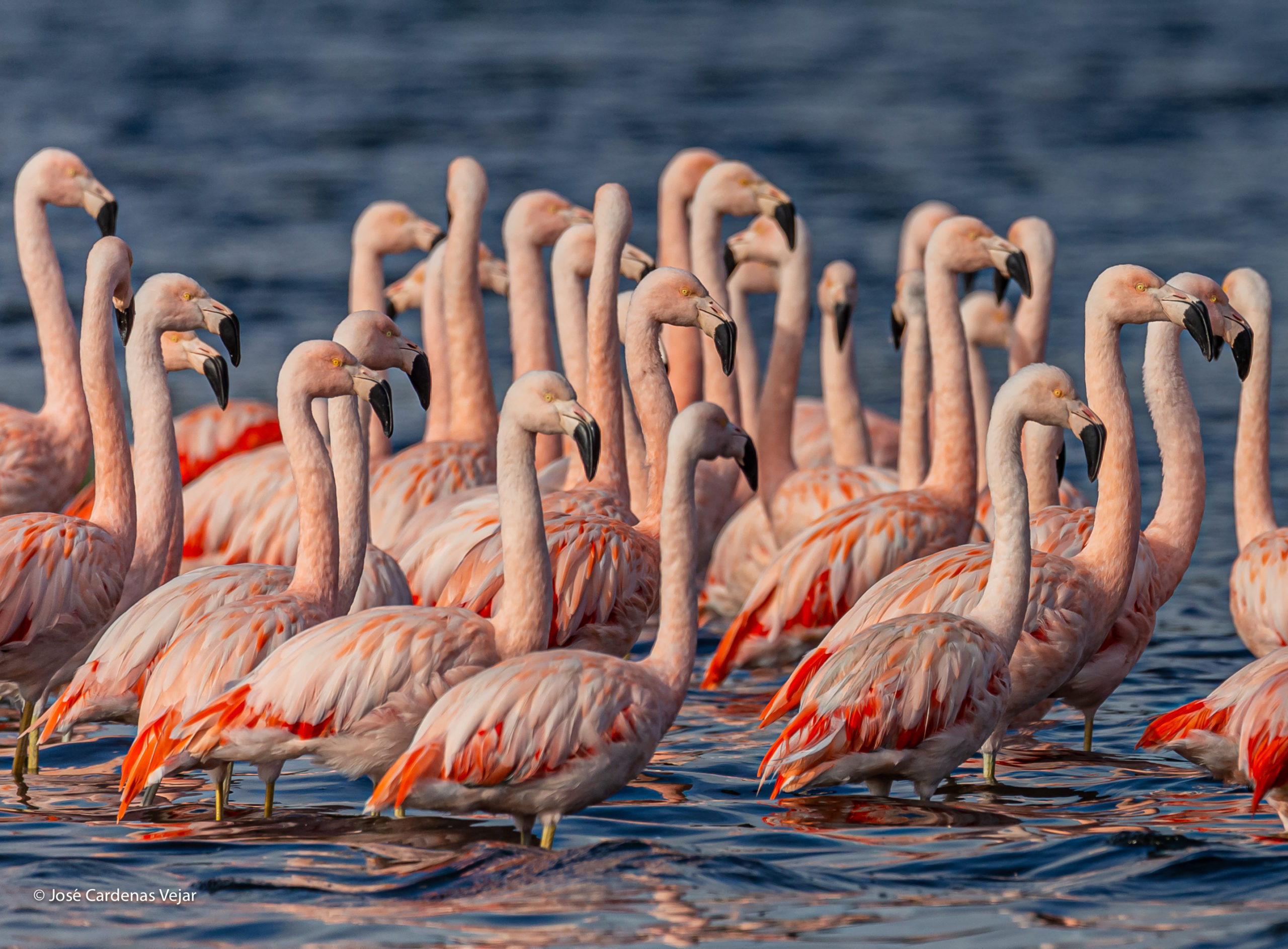The island of Chiloé, in southern Chile, is one of the most important sites for Hudsonian Godwit (Limosa haemastica) and Whimbrel (Numenius phaeopus) in the Western Hemisphere. The eastern wetlands of the island are home to 21,000 Godwits, comprising 27% of the world population and 99% of the Pacific coast population, in addition to a significant proportion of the Pacific coast population of Whimbrel. Both species are classified as “high concern” in the US Shorebird Conservation Plan.
Due to its importance for “wintering” populations of Hudsonian Godwit and Whimbrel, Chiloé was selected by the David and Lucile Packard Foundation as a priority site for its portfolio of shorebird conservation projects. Thanks to this support, in 2010, a coalition of local, national, and international partners launched the “Conservation Plan for Migratory Shorebirds in Chiloé.” Partners on this work included Fundación Conservación Marina, Centro de Estudio y Conservación del Patrimonio Natural, National Audubon Society, the US Fish and Wildlife Service, and Manomet.

Additionally, in January 2011, 1900 hectares of the Eastern Wetlands of Chiloé were declared as a “site of hemispheric importance” within the Western Hemispheric Shorebird Reserve Network (WHSRN). This designation had the explicit support of landowners and managers, local municipalities and community organizations, and the national Ministry of Environment. That was the kick-off for Manomet to initiate a conservation process that today shows promising results.
The work of the Coalition has built a strong enabling environment for the conservation of the critical habitats required by shorebirds. Local communities, businesses, and entrepreneurs have all been active participants. Increasingly, decision-makers and landowners are also becoming involved in the process. Before the start of the plan, very few people were aware of the value of Chiloé’s wetlands. Now a significant part of the community values the wetlands.
Currently, Manomet, together with our partner Fundación Conservación Marina, is bringing to a close the fifth phase of implementation of the “Chiloé” plan. This phase focused on the Curaco de Vélez and Villa Quinchao wetlands (subsites part of Eastern Wetlands of Chiloé-WHSRN site) and Maullín, also a WHSRN site, on the adjacent mainland. Although not part of the Chiloé archipelago, these wetlands form part of the same system of critical habitats used by the same Hudsonian Godwit population.





 Back to all
Back to all
